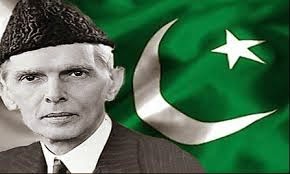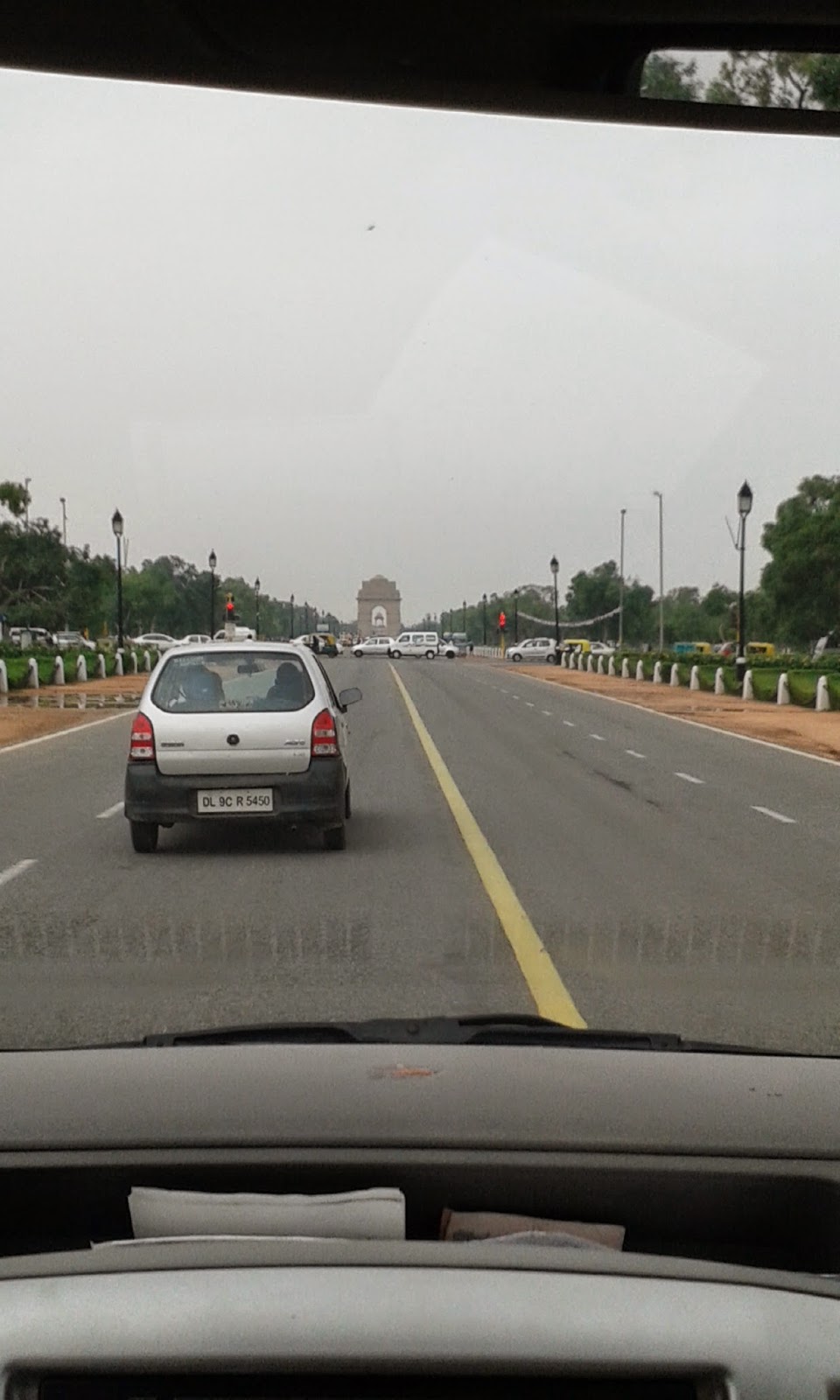A high spot of the economic scene in a normal circumstance in a parliamentary democracy is the presentation of the budget. But this fiscal, the major highlight could be the launching of ‘Make in India’ campaign by the Prime Minister Narendra Modi on September 25, 2014.
The initiative basically promises the investors – both domestic and overseas – aconducive environment to turn 125 crore population strong-India a manufacturing hub and something that will also create job opportunities.
That’s in effect a plunge into a serious business but it is also punctuated with two inherent elements in any innovation – new avenues or tapping of opportunities and facing the challenges to keep the right balance. The political leadership is widely expected to bepopulist; but ‘Make in India’ initiative is actually seen as a judicious mix of economic prudence, administrative reforms and thus catering to the call of people’s mandate – an aspiring India.
In the words of the Prime Minister Shri Narendra Modi, “the biggest requirement is trust, confidence. I don’t know how we have run our country that we have doubted our own countrymen at every turn. I need to change this vicious cycle. We should not start from distrust, we should begin with trust”. And then he adds on rather aptly: “the government should intervene only if there’s some shortcomings”.
True to the spirit of this visionary statement, the ‘Make in India’ policy programme also commits that the campaign “represents an attitudinal shift in how India relates to investors: not as a permit-issuing authority, but as a true business partner.”
PM Narendra Modi first made the pitch for 'Make in India' during his maiden Independence Day speech from the ramparts of Red Fort "If we have to put in use the education, the capability of the youth, we will have to go for manufacturing sector and for this Hindustan also will have to lend its full strength, but we also invite world powers. Therefore I want to appeal all the people world over, from the ramparts of the Red Fort, “Come, make in India”, “Come, manufacture in India”. Sell in any country of the world but manufacture here. We have got skill, talent, discipline, and determination to do something. We want to give the world an favourable opportunity that come here, “Come, Make in India” and we will say to the world, from electrical to electronics, “Come, Make in India”, from automobiles to agro value addition “Come, Make in India”, paper or plastic, “Come, Make in India”, satellite or submarine “Come, Make in India”. Our country is powerful. Come, I am giving you an invitation. Brothers and sisters, I want to call upon the youth of the country, particularly the small people engaged in the industrial sector. I want to call upon the youth working in the field of technical education in the country. As I say to the world “Come, Make in India”, I say to the youth of the country – it should be our dream that this message reaches every corner of the world, “Made in India”. This should be our dream.
This is a path-breaking venture. In fact, the vision statement of official website, www.makeinindia.gov.in commits to achieve for the country among other things an increase in manufacturing sector growth to 12-14 % per annum over the medium term, increase in the share of manufacturing in the country’s Gross Domestic Product from 16% to 25% by 2022 and importantly to create 100 million additional jobs by 2022 in the manufacturing sector alone. These are quite highly ambitious targets given the background that the manufacturing sector in India, which accounts for fourth-fifth of the total output, grew a meagre 3.3 per cent in January 2010.
Tapping Golden Opportunity:
Now let us look at the opportunity, the initiative can actually benefit India from the ground reality, especially when the Chinese manufacturing leaps have come under strain. There are already reports that several western manufacturing players operating in China want to move away from the world’s largest manufacturing hub.
Analysts say, Chinese wages are going up and the labour market is getting more challenging and that is driving away investors. Thus companies with operating factories in China should look for other alternatives in the region, such as Vietnam, Indonesia and of course India.
What are the advantages Indian business and especially manufacturing sector actually offer?
The country is expected to rank amongst the world’s top three growth economies and amongst the top three manufacturing destinations by as early as 2020. This is far more ambitious scene than promised about 2050 sometime back in the context of India’s role at the BRICS level. Indian manufacturing sector has positive elements like “favourable demographic dividends” for the next 2-3 decades. The sustained availability of quality workforce is another advantage.
Importantly again, in India, the cost of manpower is relatively low as compared to other countries. There are responsible business houses operating with credibility and professionalism. The country has a democratized polity vis-à-vis the rule of law and a strong consumerism intake ability of the domestic market.
Various speakers on September 25 at the launch of Make in India programme also spoke about robust technical and engineering capabilities backed by top-notch scientific and technical institutes as other positive offerings on the table.
























.JPG)





